Revival: this is the motto of the 11th edition of the Mood for Wood summer workshop. Design and architecture students from Poland, the Czech Republic, Slovakia and Hungary worked with teams of tutors to create six pieces of outdoor furniture, which were donated to the people of Cieszyn and Český Těšín—formerly Tessény—where the camp was held. Let’s see the wooden community installations that reflect the history and the characteristics of the site.
The history of Mood for Wood workshops started in 2015: the aim of the initiative was to provide design and architecture students the opportunity to put their ideas into practice, besides improving their design skills. Participants in this year’s event were divided into teams and worked with leading architects from Poland, the Czech Republic, Hungary and Latvia to create street furniture tailored to the needs of the local communities in Cieszyn and Český Těšín.
The unique history of the site gave its inspirational character. Cieszyn is located in the Silesian Voivodeship, in Southern Poland, between the Polish and Czech border. It’s a town on the east bank of the Olza River and the state border: the left bank of the formerly united town, Český Těšín now belongs to the Czech Republic. The design task allowed participants to design three pieces of furniture for both the Czech and Polish sides of the town. Some of the groups worked in the Cieszyn Castle, one of the town’s oldest and most historic parts: the Piast Castle Tower and the Rotunda of St. Nicholas are two of the most valuable monuments in Cieszyn, located on the castle hill. In this historical context, three projects were dedicated to the Laja Tea House, the State School of Music in the Habsburg Hunting Palace and the Open Air Museum at the foot of the hill. The rest of the groups set up their projects in the Hrabinka nature reserve in the Czech Republic. The reservoir here, which is frequently visited by residents, serves flood protection, landscape, aesthetic, biological and recreational functions, so the installations in the Hrabinka area focus on picnicking, fishing and relaxing while having tea.
Table for …too
Lead architects: András Cseh and Szilárd Koninger | CAN Architects Studio
The project site was chosen on a hill on the slope of Castle Hill, with a view of the Olza riverbank and the Czech border on one side and the amber reserve on the Castle Hill on the other. The archetype of the common seating area was used as the basis for the design of a simple piece of furniture that did not dominate the forms of the Open Air Museum. The furniture symbolically connects everyone on both sides of the border. In a forest surrounded by nature, the table’s function varies depending on its users: it can be a playground, an outdoor concert hall, a meeting place or even a resting spot. A special feature of the project is that the design team wanted to include solutions that would reflect the town’s complex history, so they used old, damaged tables and chairs from the Czech and Polish cities to create the furniture.

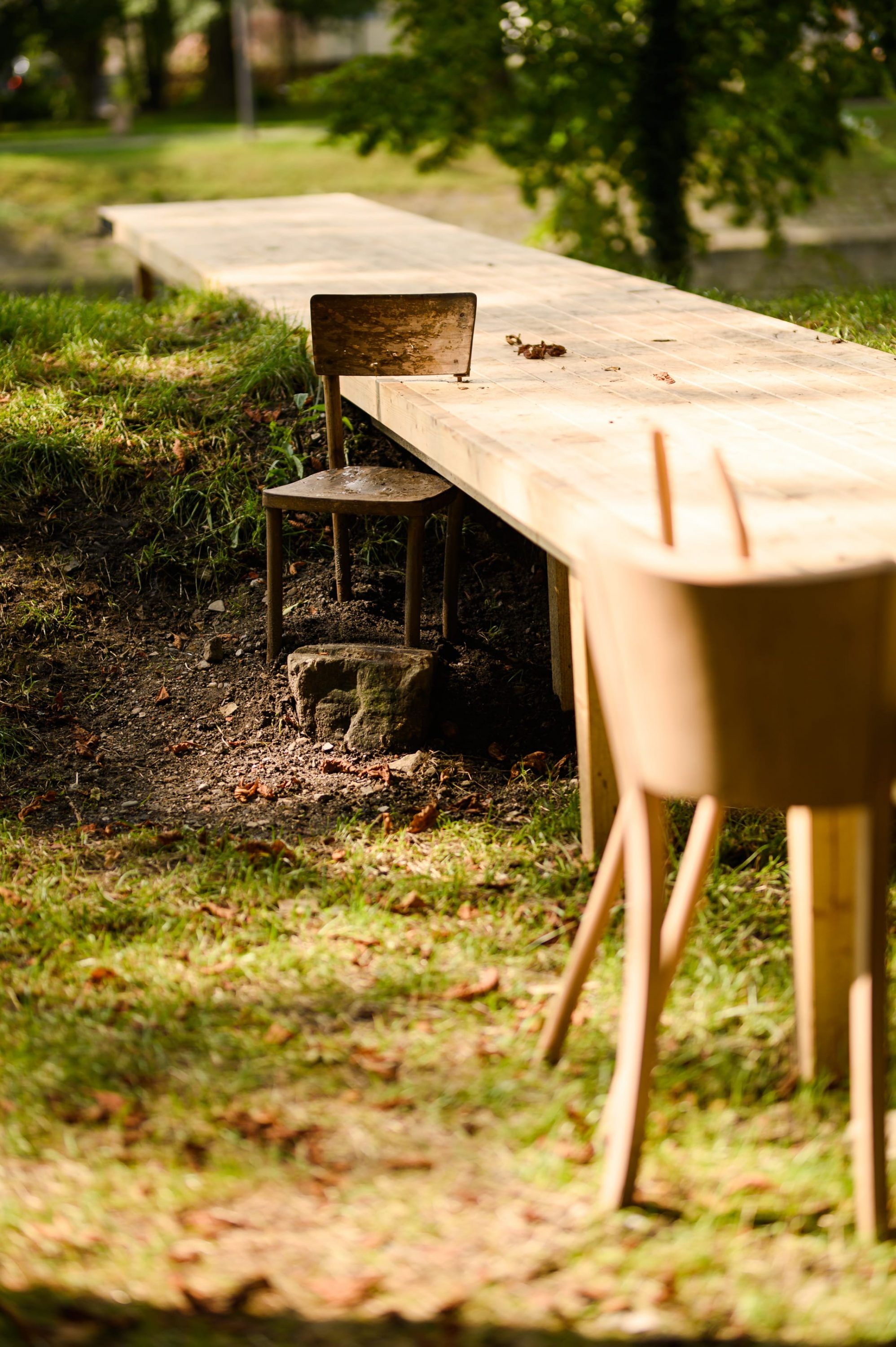
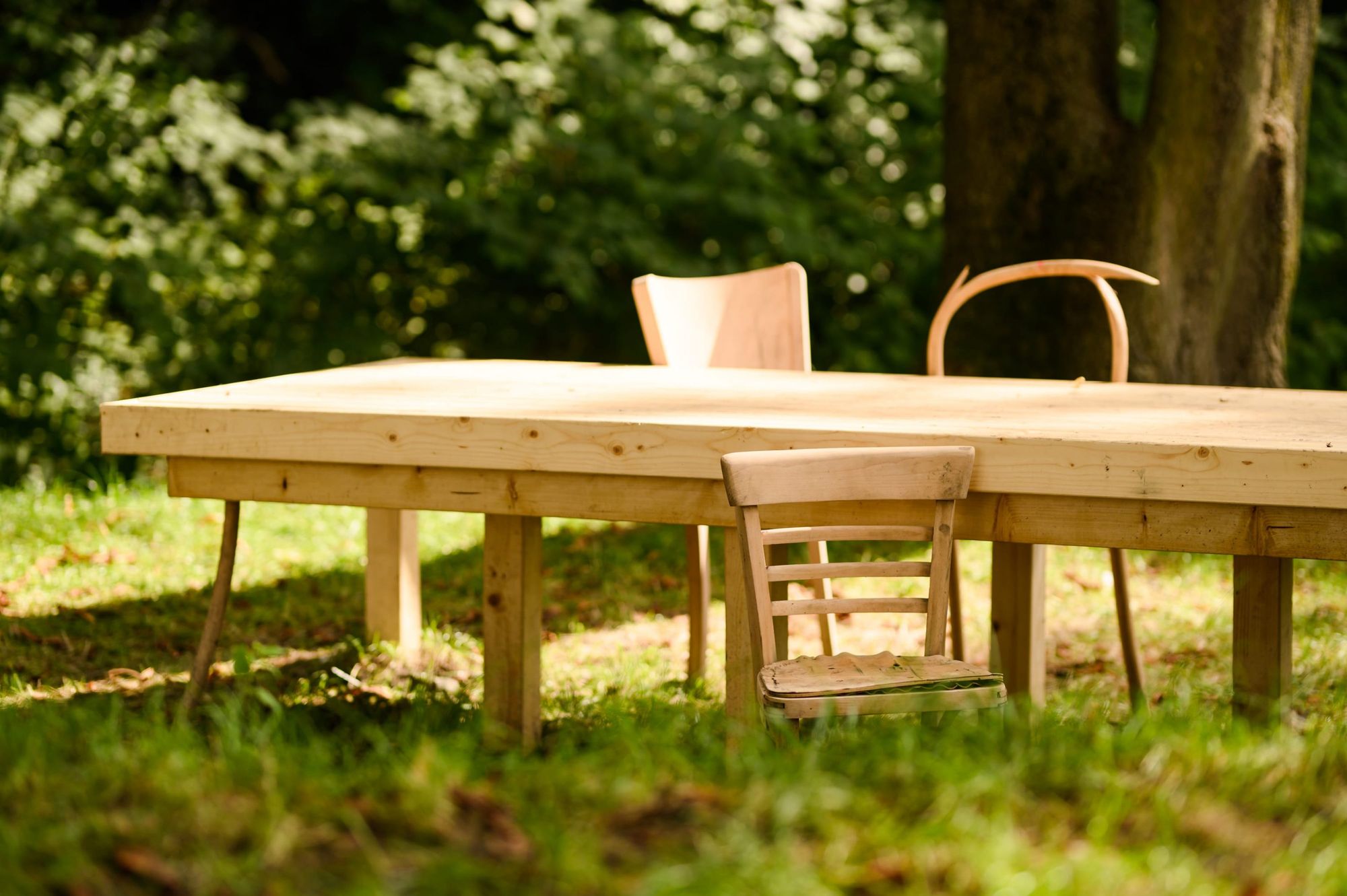
Music Platform
Lead architects: Vaclav Suba and Jakub Červenka | Studio OBJEKTOR
The piece of furniture was created for the students of the State School of Music I. Paderewski: the design team’s project had to win the approval of not only the musician students, but also of the local municipality and the provincial heritage inspector. The result of these consultations is a piece of furniture called the Music Platform, which, in addition to being a venue for small concerts, also serves as a meeting place for a series of cultural events in the castle. The stage is made up of three square modules measuring 1.8 x 1.8 meters, placed on a 7.4-meter-long support structure made of plywood. The modules that make up the installation are made up of movable elements that, when folded out, form comfortable support for four people: sitting on one side and lying on the other. When folded, the modules form a stage that can accommodate several musicians. In front of the stage is a 5-meter-long bench that can seat a small audience.
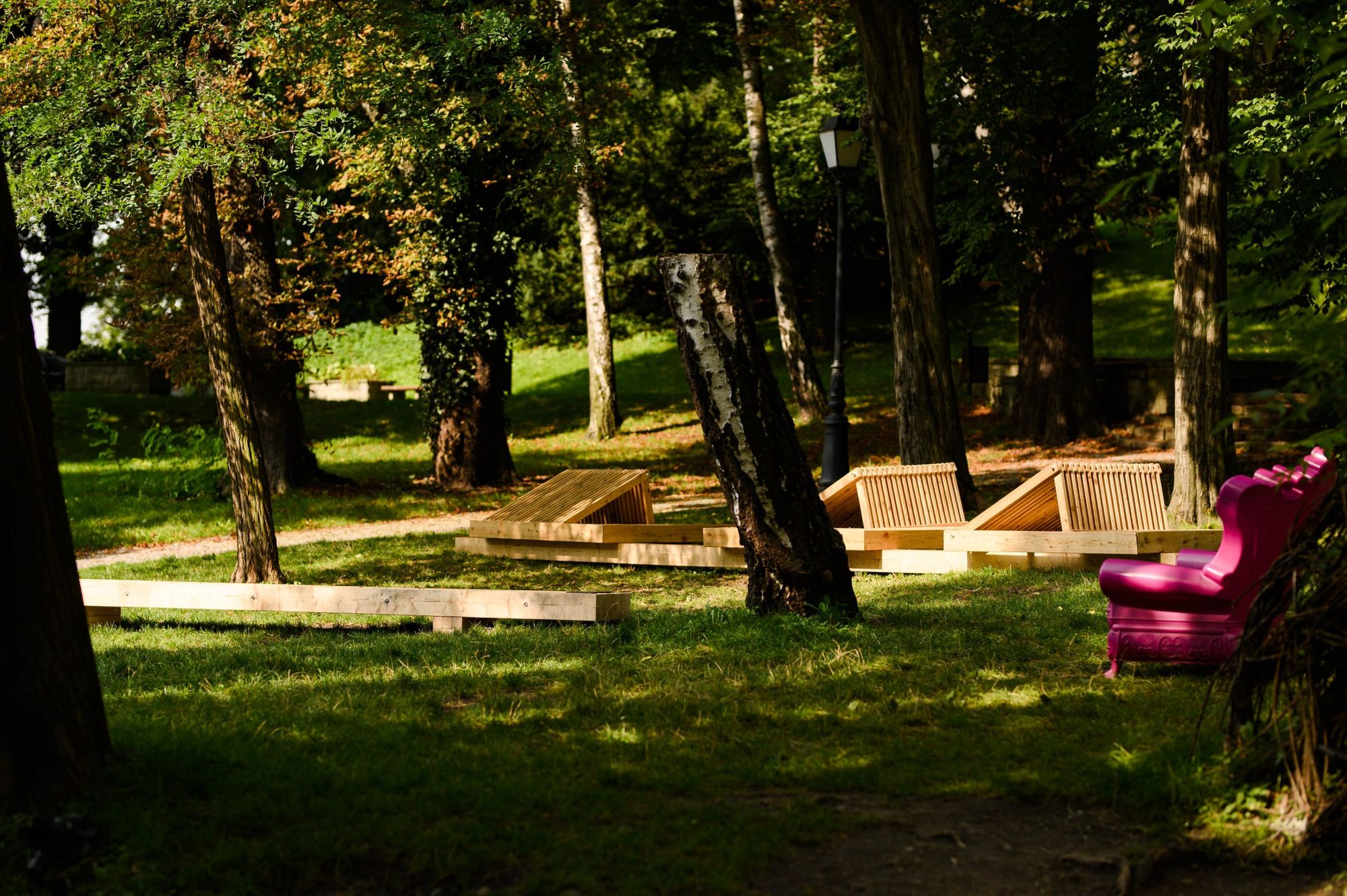
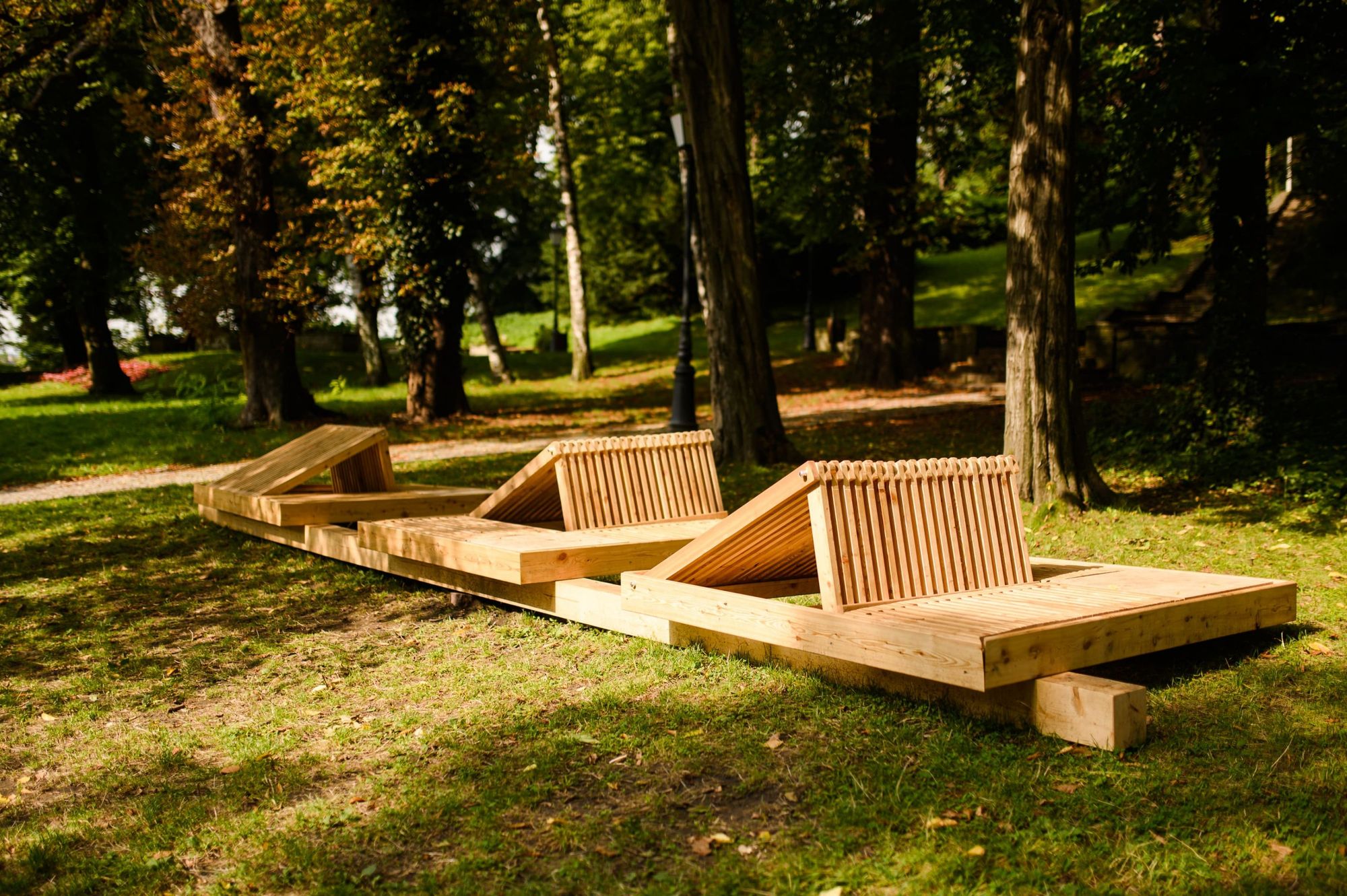
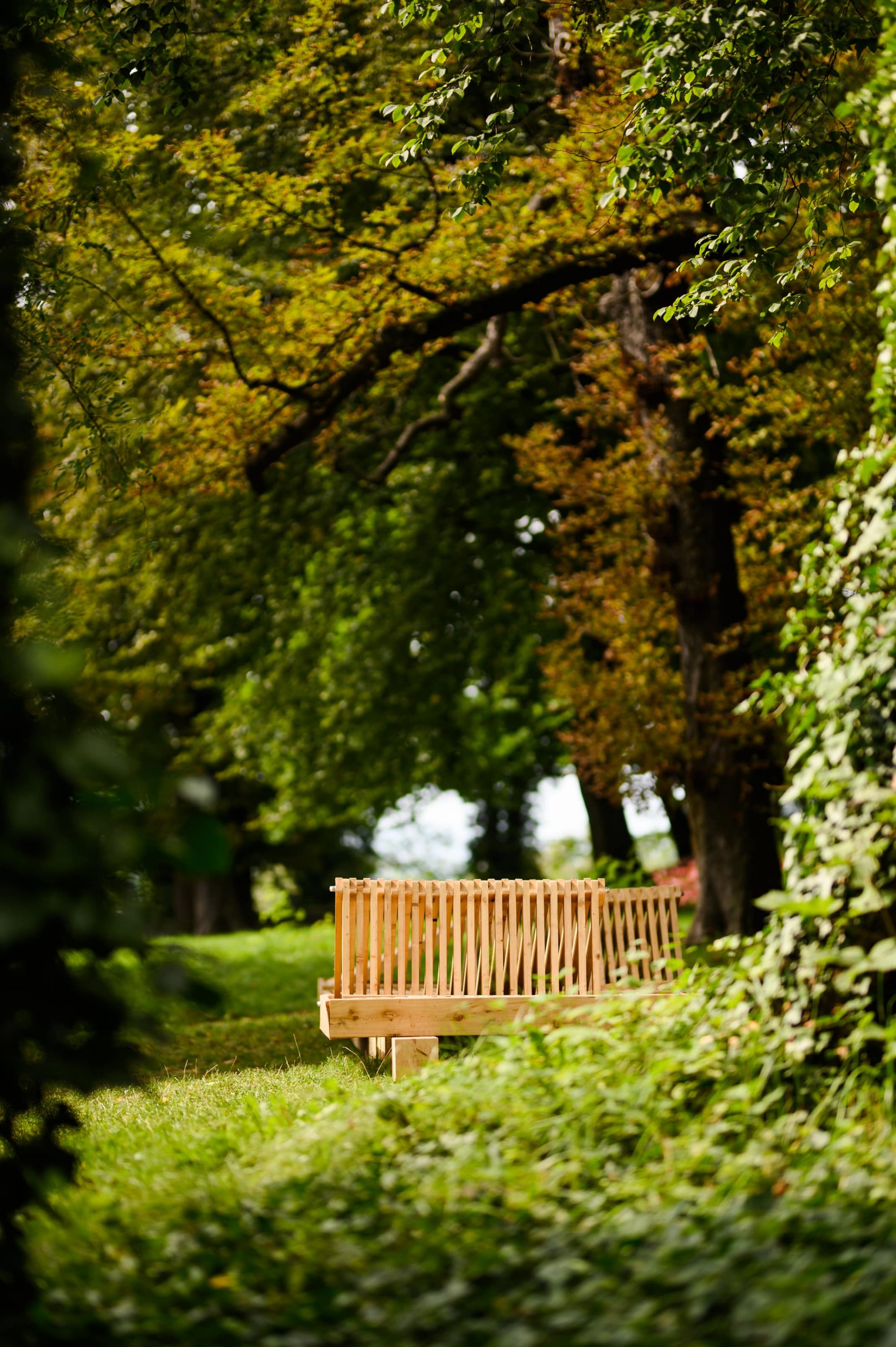
Tea house in the castle courtyard
Led architects: Atelier Starzak Strebicki
The third project, located on the Polish side of the city, is a collaboration with the Leja tea house in the castle courtyard. The aim of the project is to create a relaxing environment for the guests of the tea house and the castle. The designers wanted to create an installation that was both traditional and contemporary, keeping in mind the design principles of Japanese tea houses in the wabi-sabi style. The resulting structure has a traditional overhanging roof, with a low door on the front wall that allows the user to bow before entering the ceremony site.

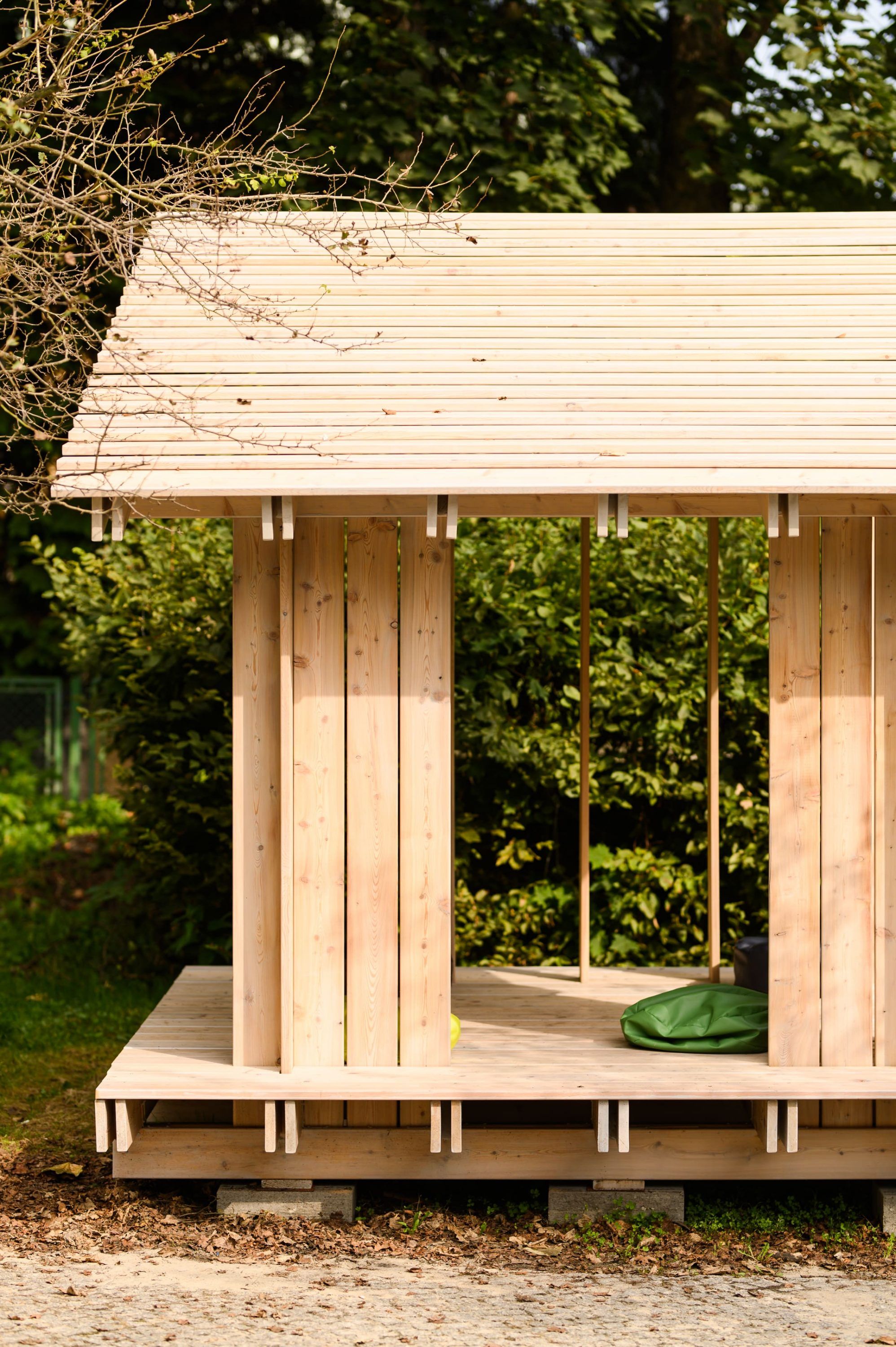
Tea house on the bank of the reservoir
Lead architects: GRAU Architects
GRAU Architects have also led the design of a tea house in the Hrabinka nature reserve, directly on the bank of the reservoir. The simple, open structure and square plan of the installation evoke the traditional Japanese tea pavilion. This is further enhanced by the white fabric suspended from the upper part of the structure, giving the tea house a light and ephemeral character. The shape of the furniture inside is inspired by the rules of the traditional tea ceremony. As the teahouse follows the Japanese ideology of simplicity and ascetic refinement, the pavilion is furnished with a single piece of furniture, a table (which can be used as a place for the tea kit or even as a bench), so that nothing distracts the participants from the ceremony and the nature around them.
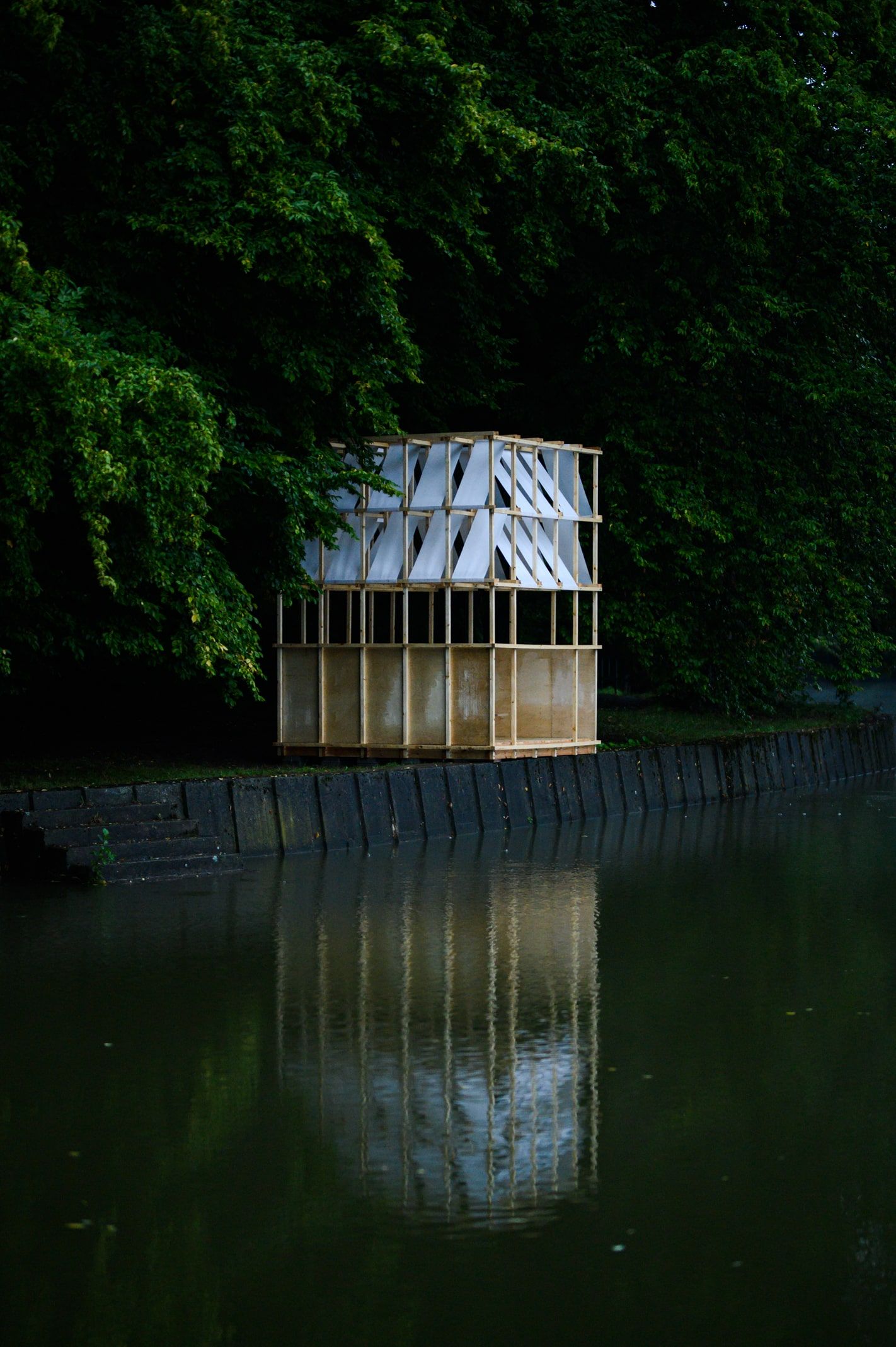
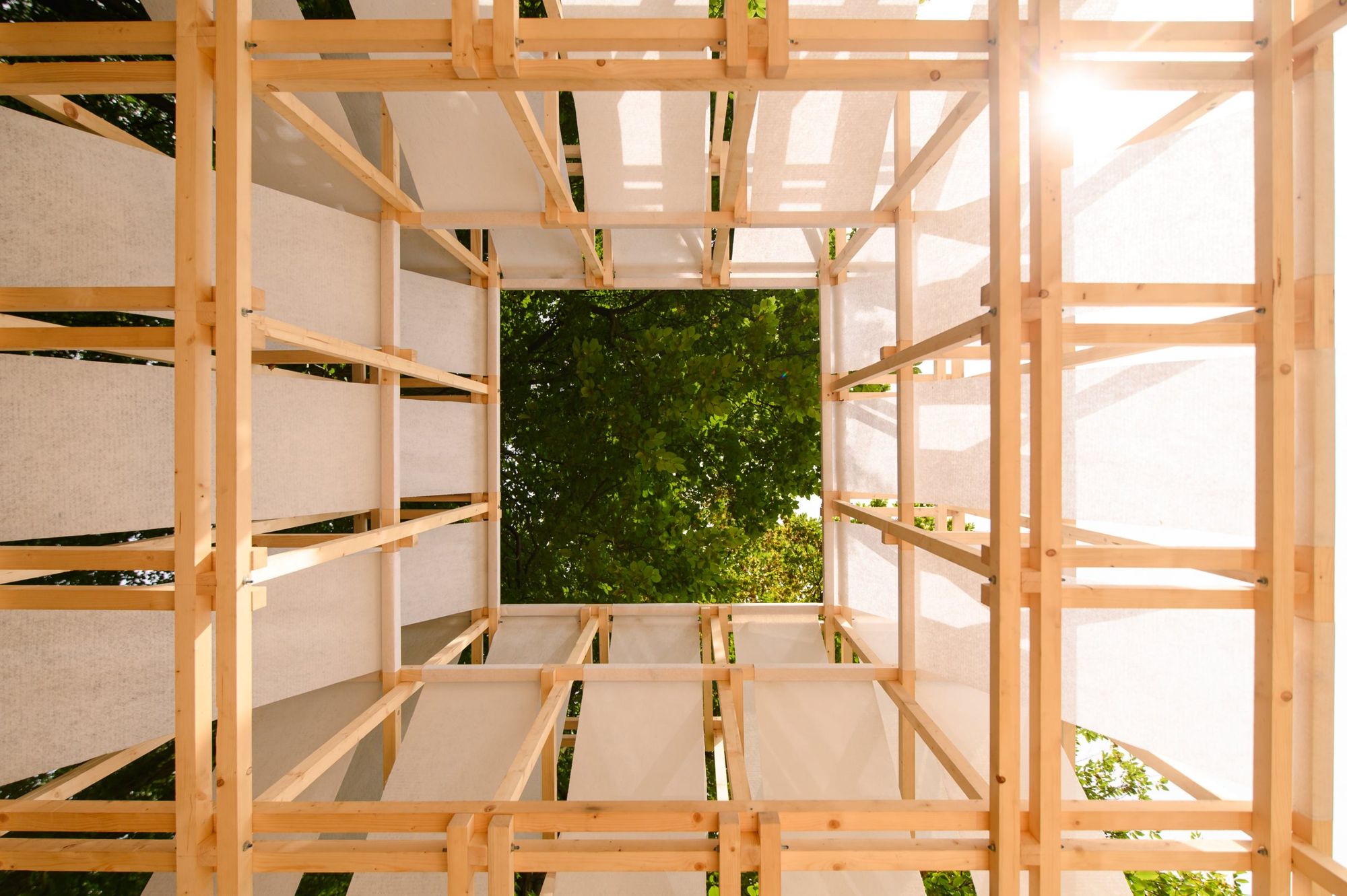
Piknikovna
Lead architects: NOMAD architects
A piece of picnic furniture called Piknikovna, created by NOMAD architects, is also located in the Hrabinka reservoir. The installation is a place for communal dining and relaxation, and is specifically designed for families who want to visit the site not only on weekends. The shape of the furniture follows the natural slope of the terrain and is divided into three different sections, serving with three different functions. The first EAT module functions as a table for ten people and a place for communal gatherings, the second PLAY module is for children, while the third CHILL module allows us to experience the closeness of nature.
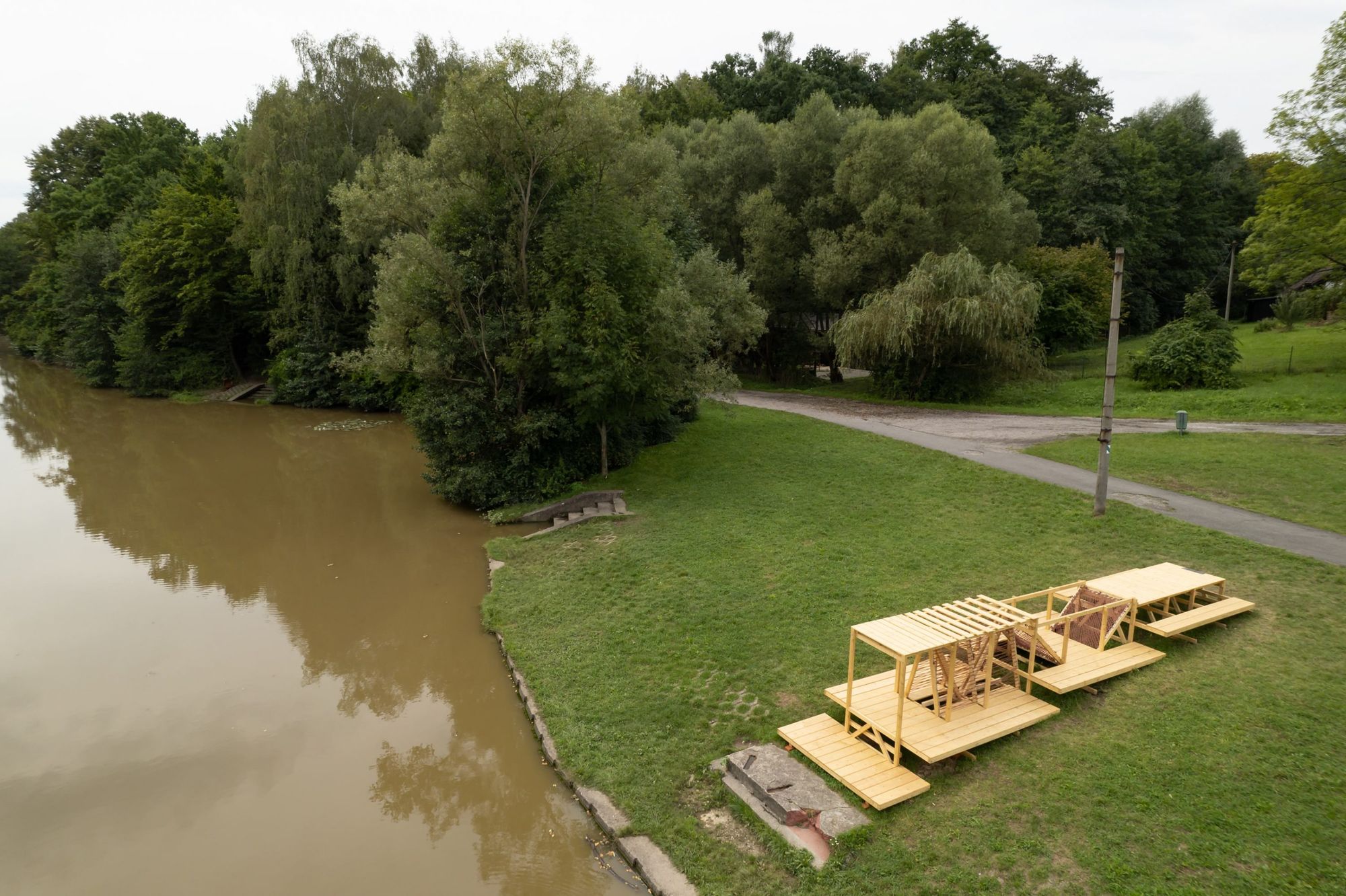

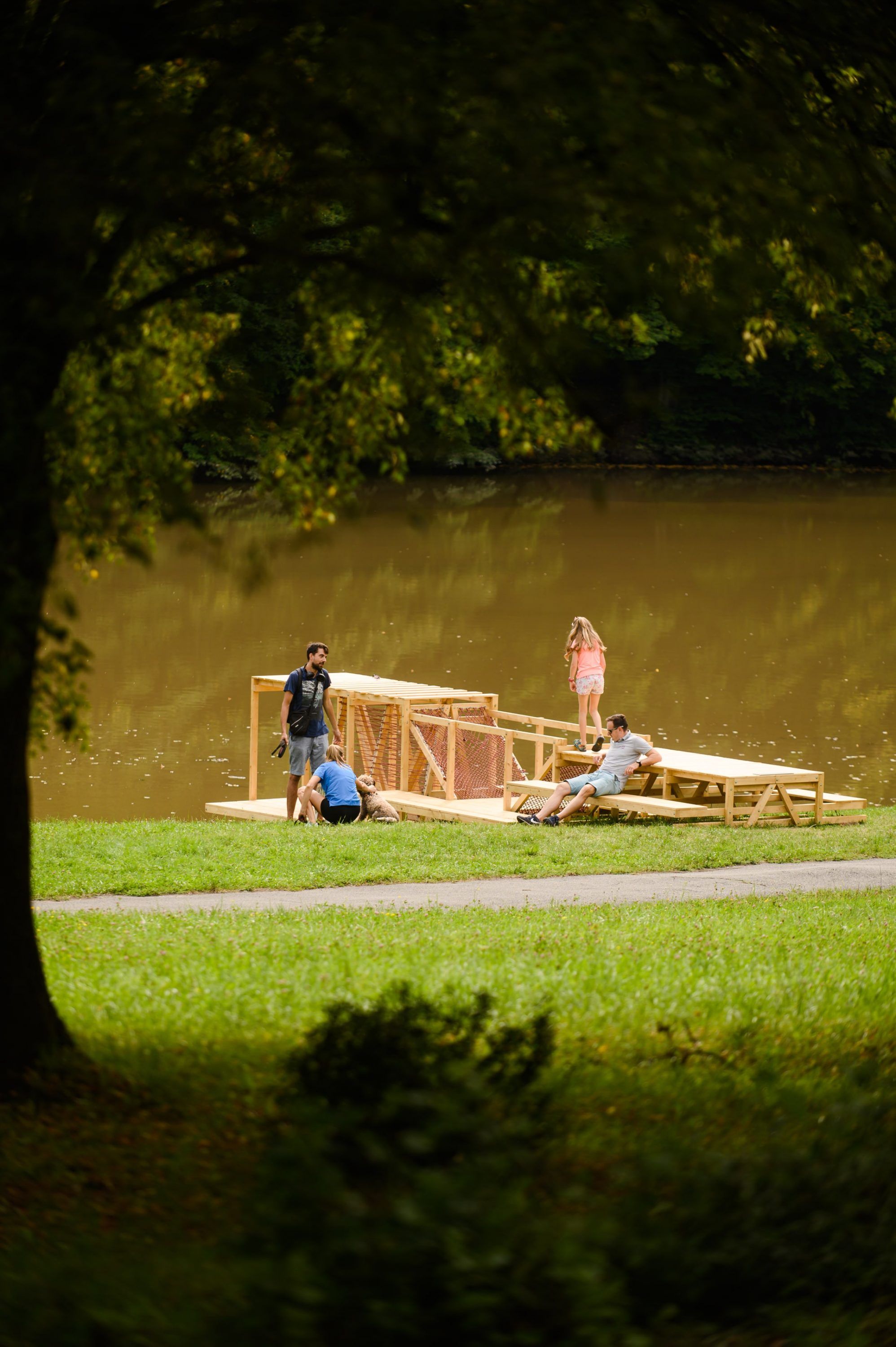
Rybolov(e)
Lead architects: Archigrest
Rybolov(e), an installation by a group led by architects from the Polish Archigrest studio, addresses anglers. The structure, which functions as a kind of pier and resting place, consists of a 6.5-meter-long platform and a smaller one, suspended from a cantilever above the water. Between its supporting pillars is a roof that provides shelter on rainy days. The podium is also equipped with special shelves with hangers where visitors can place their bags. These shelves also decorate the structure of the installation with distinctive graphic compositions.

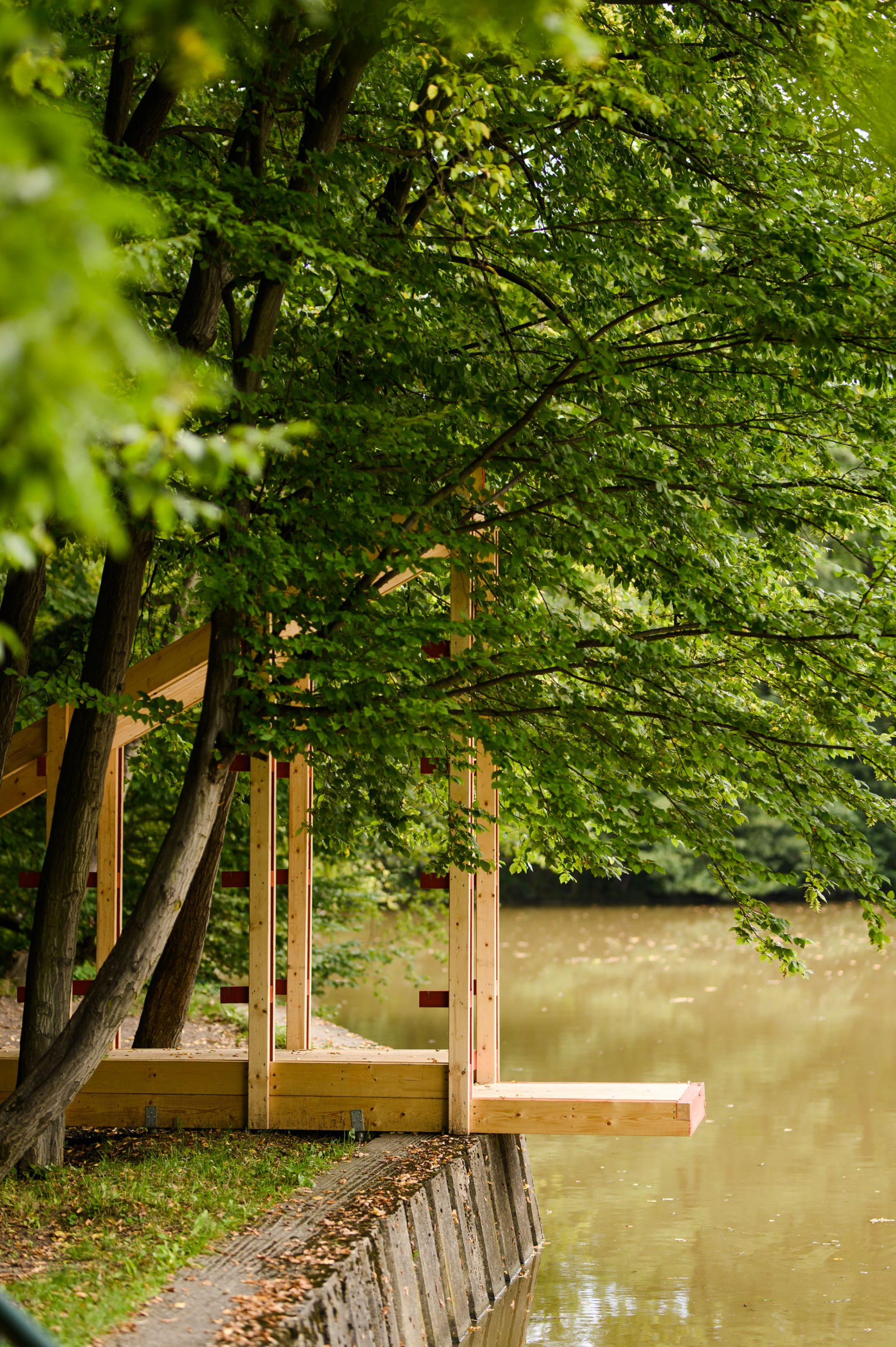
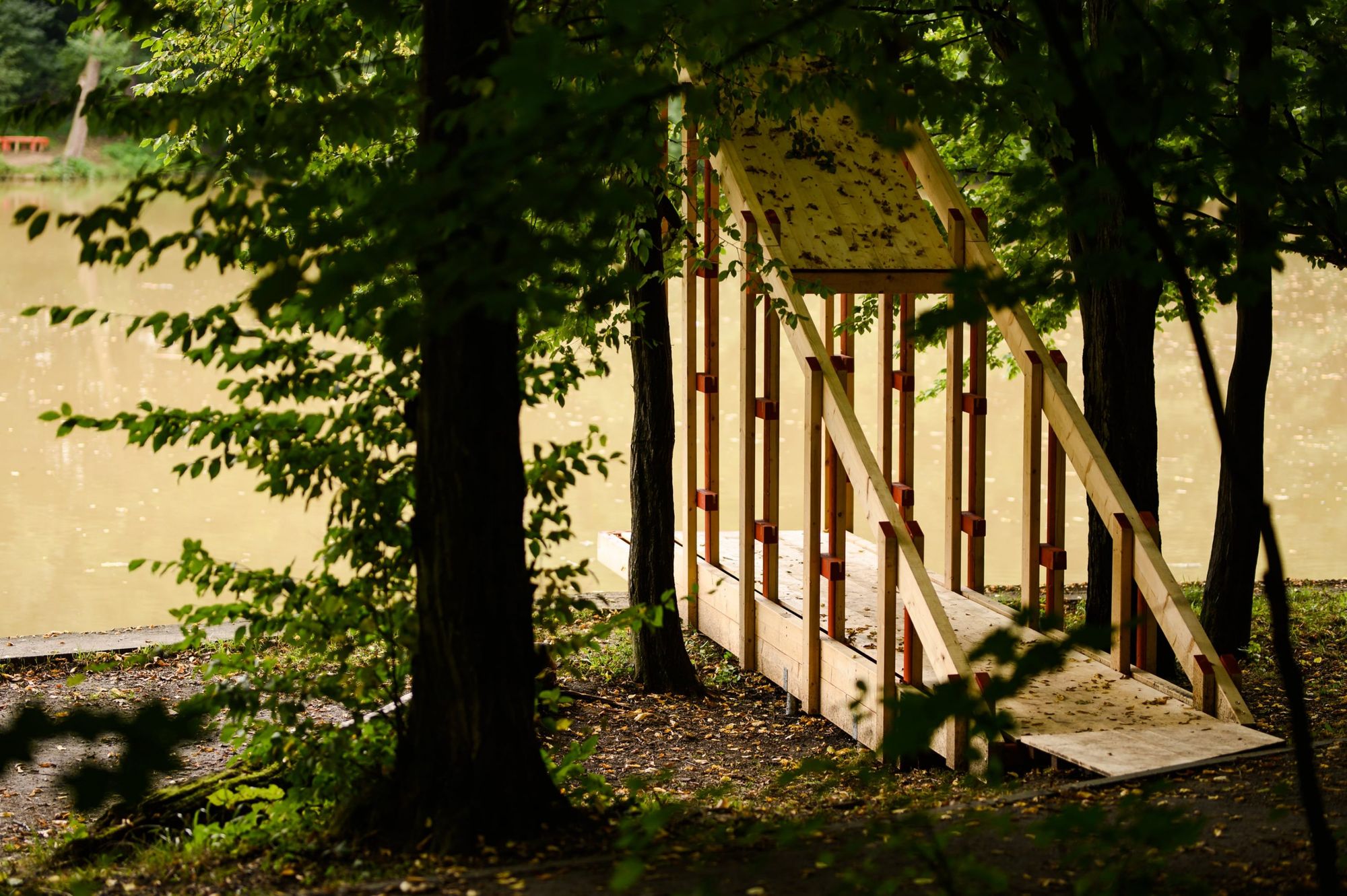
Photos: Dawid Majewski
Mood for Wood | Facebook | Instagram
Source: Press release
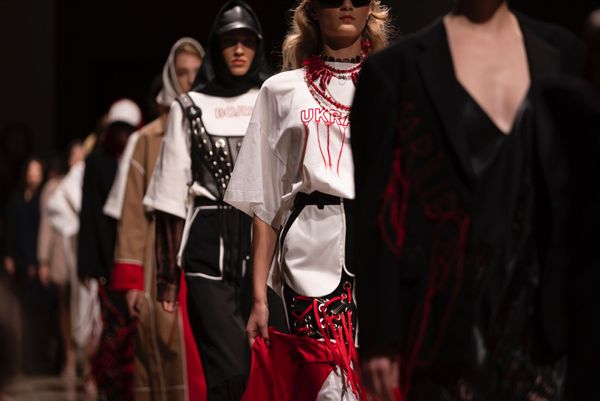
10th Budapest Central European Fashion Week powered by Ukrainian brands
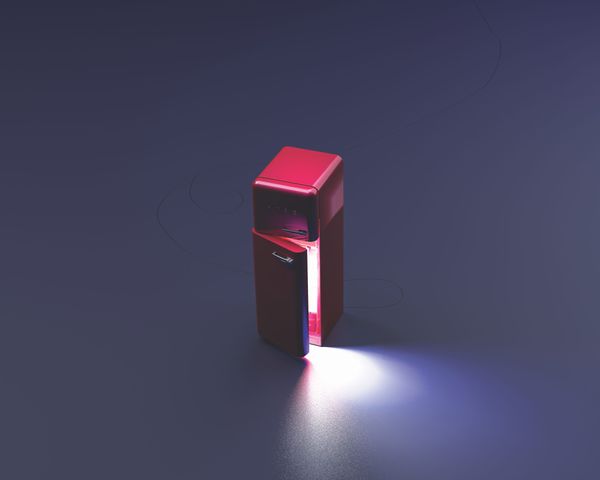
What does the future hold for our eating habits?—The present and future of a food crisis










